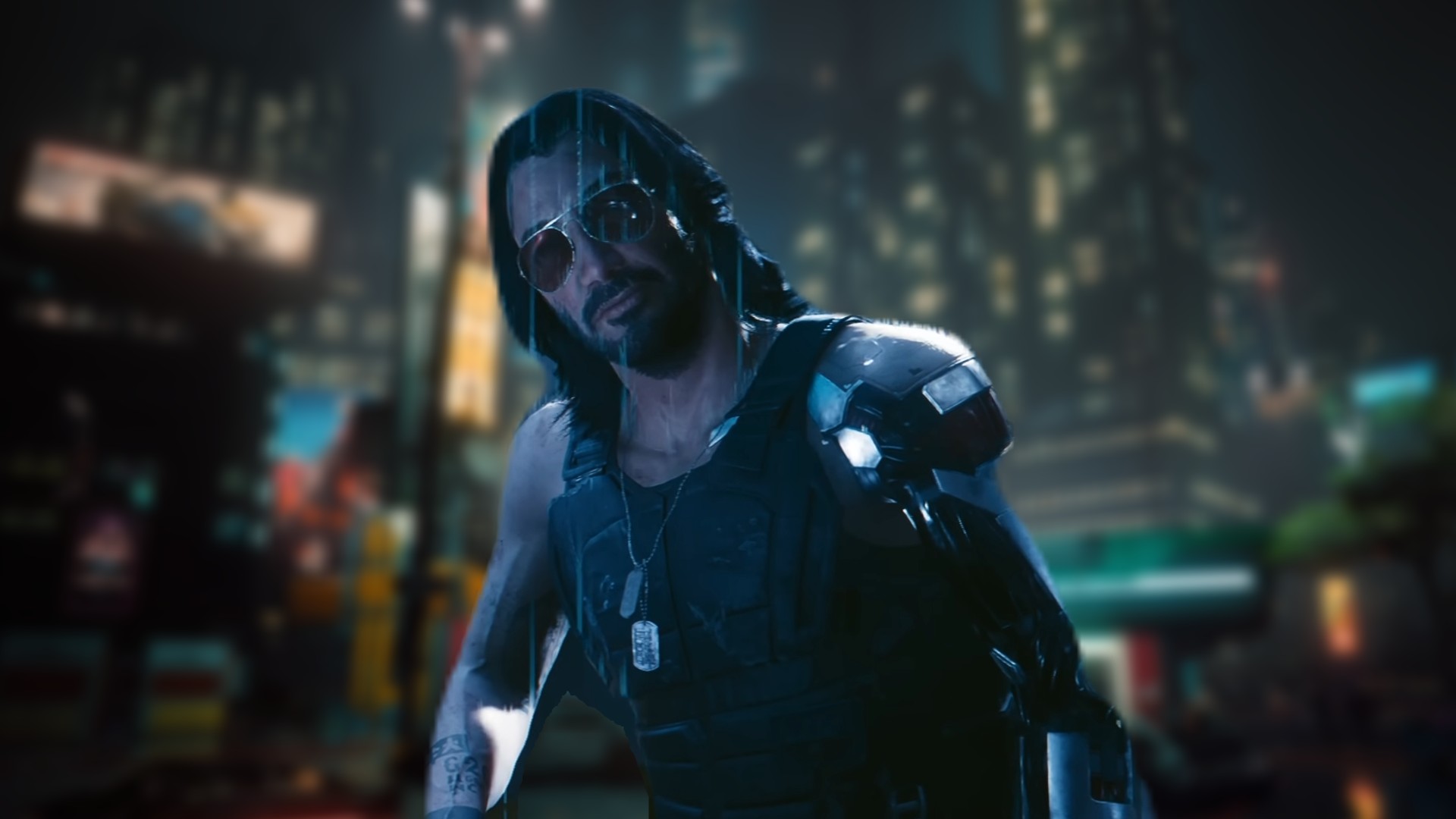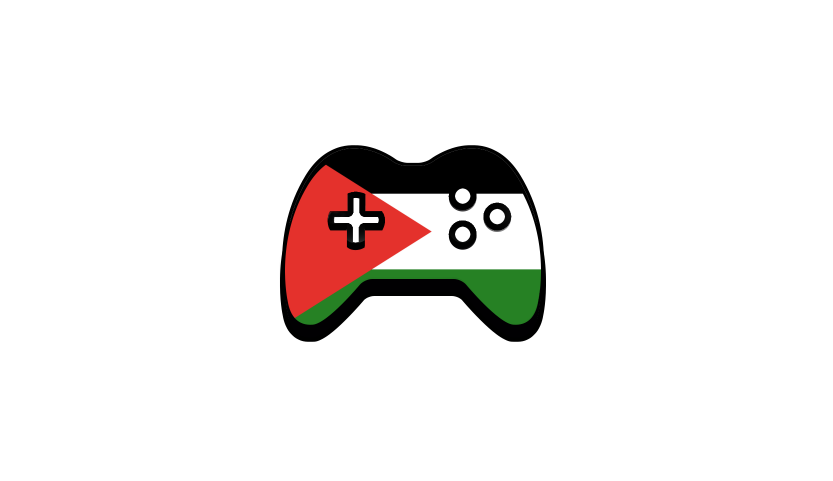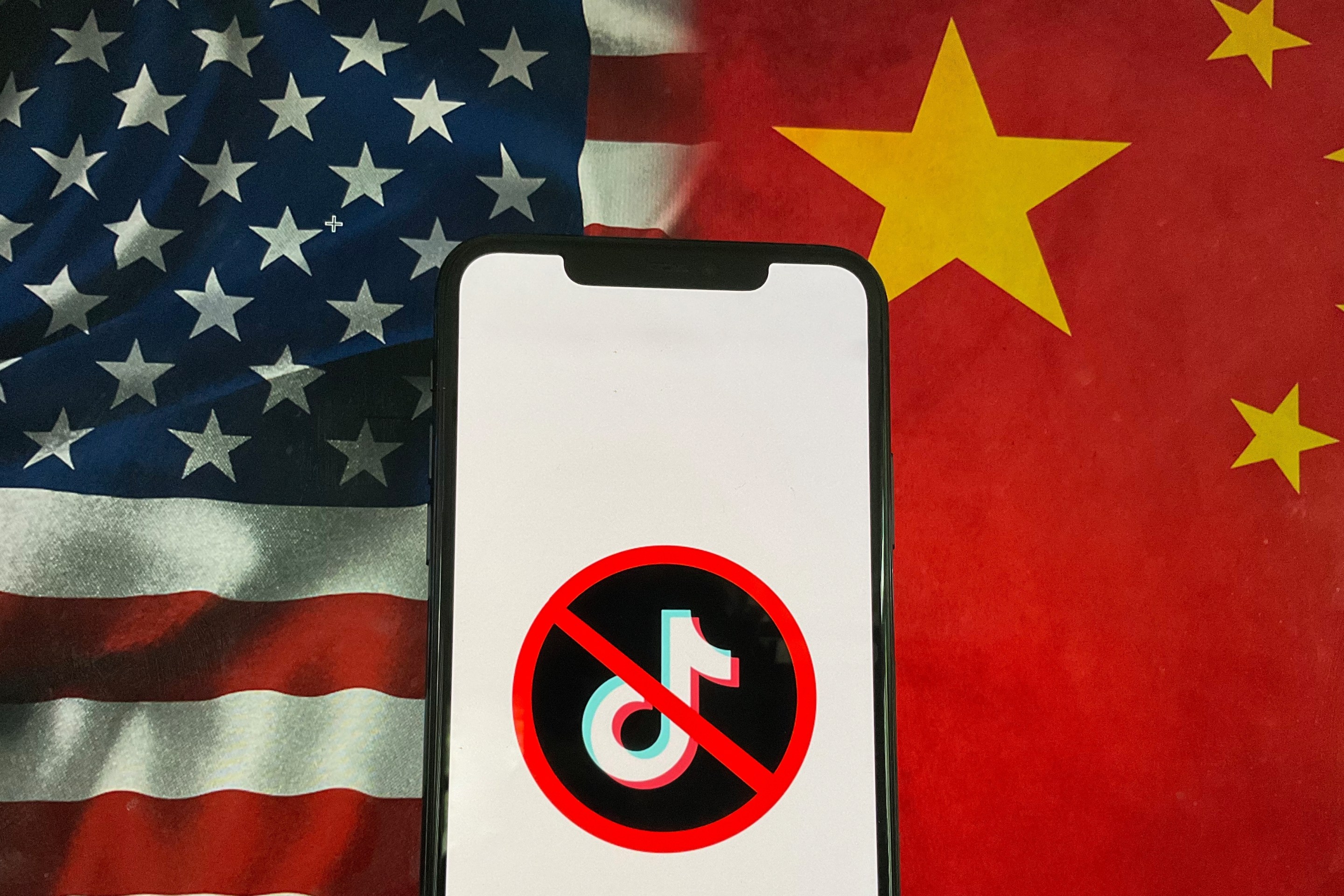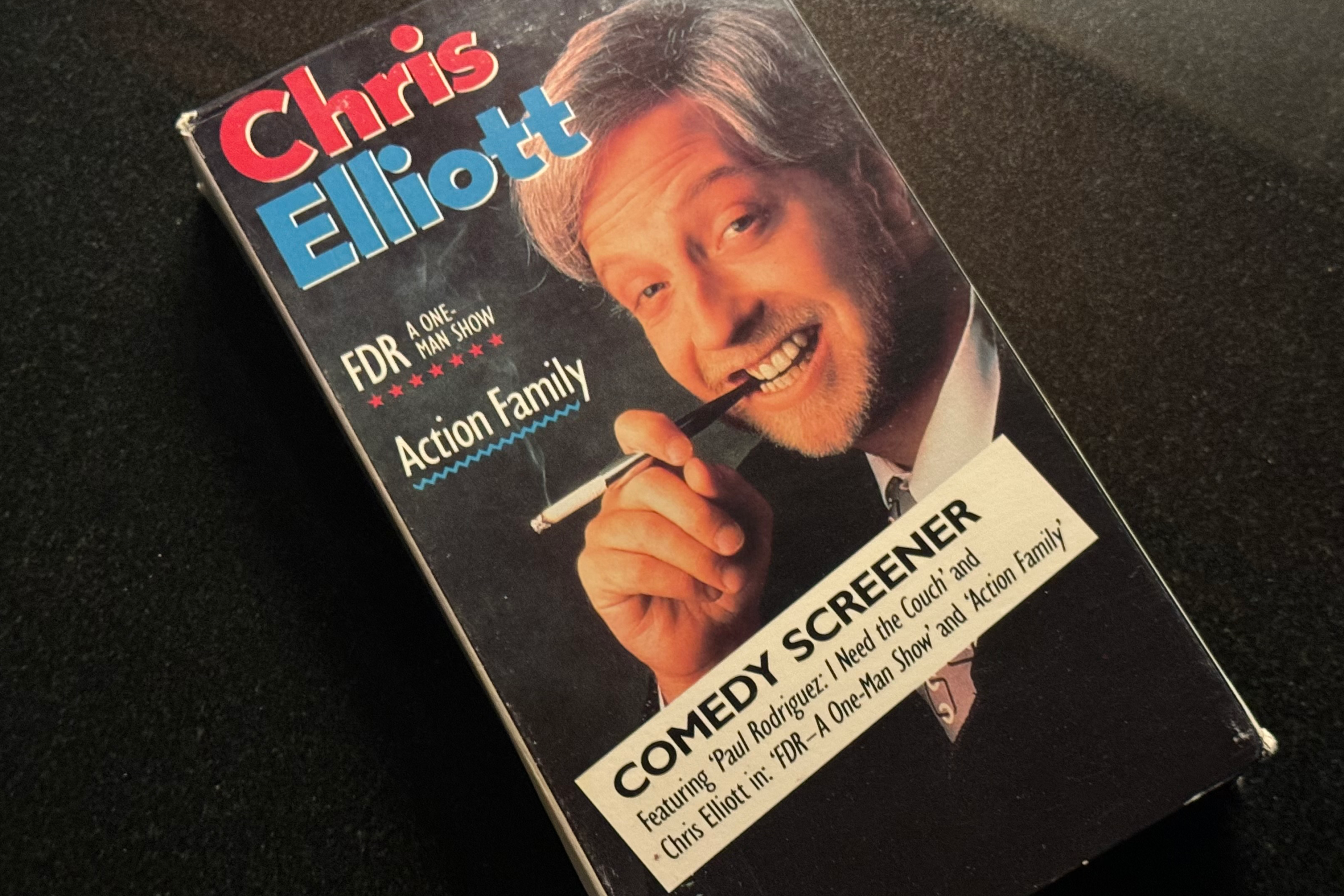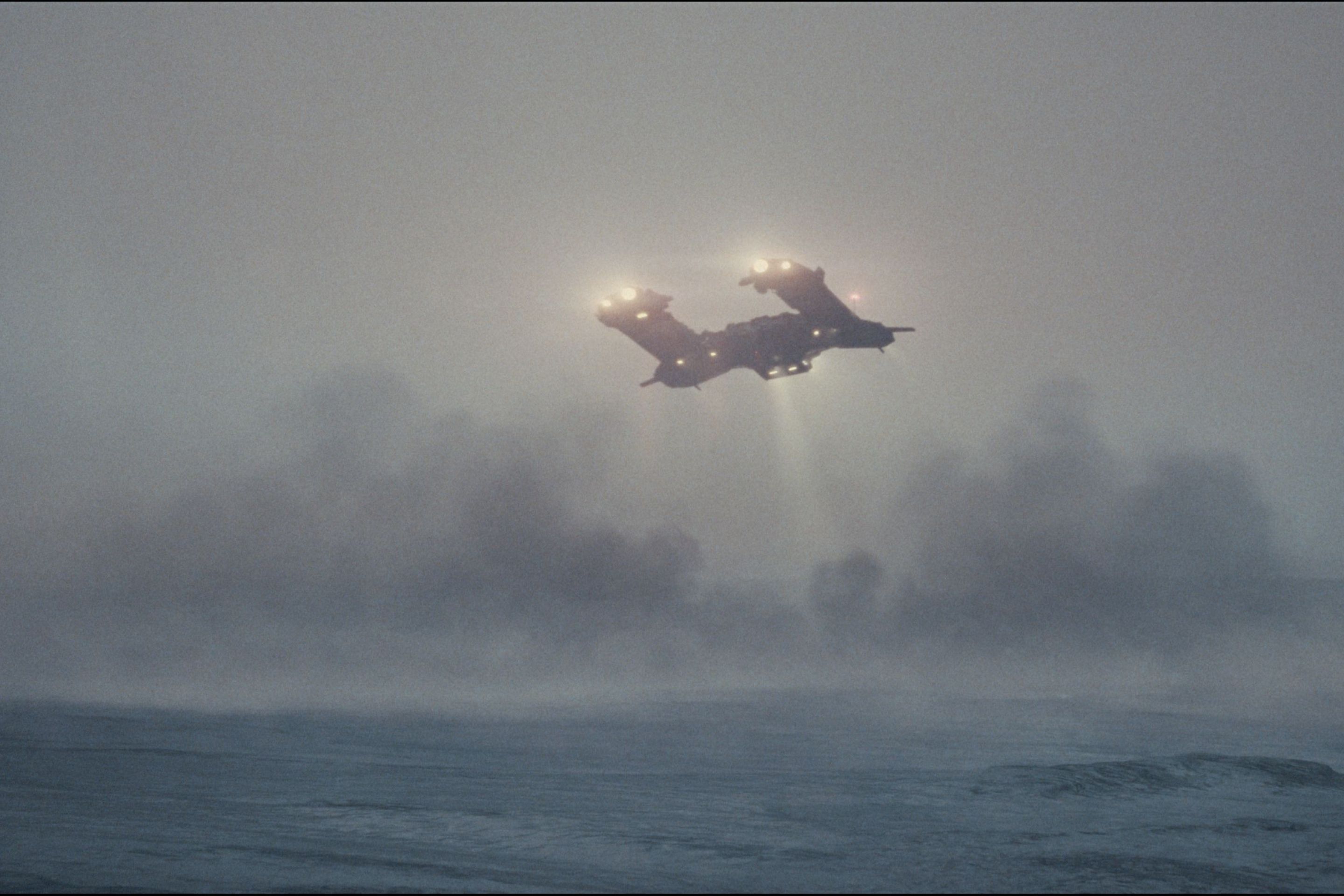How Cyberpunk: Phantom Liberty Reshaped CD Projekt Red
"Sustainability is incredibly important"
10:50 AM EDT on April 16, 2024
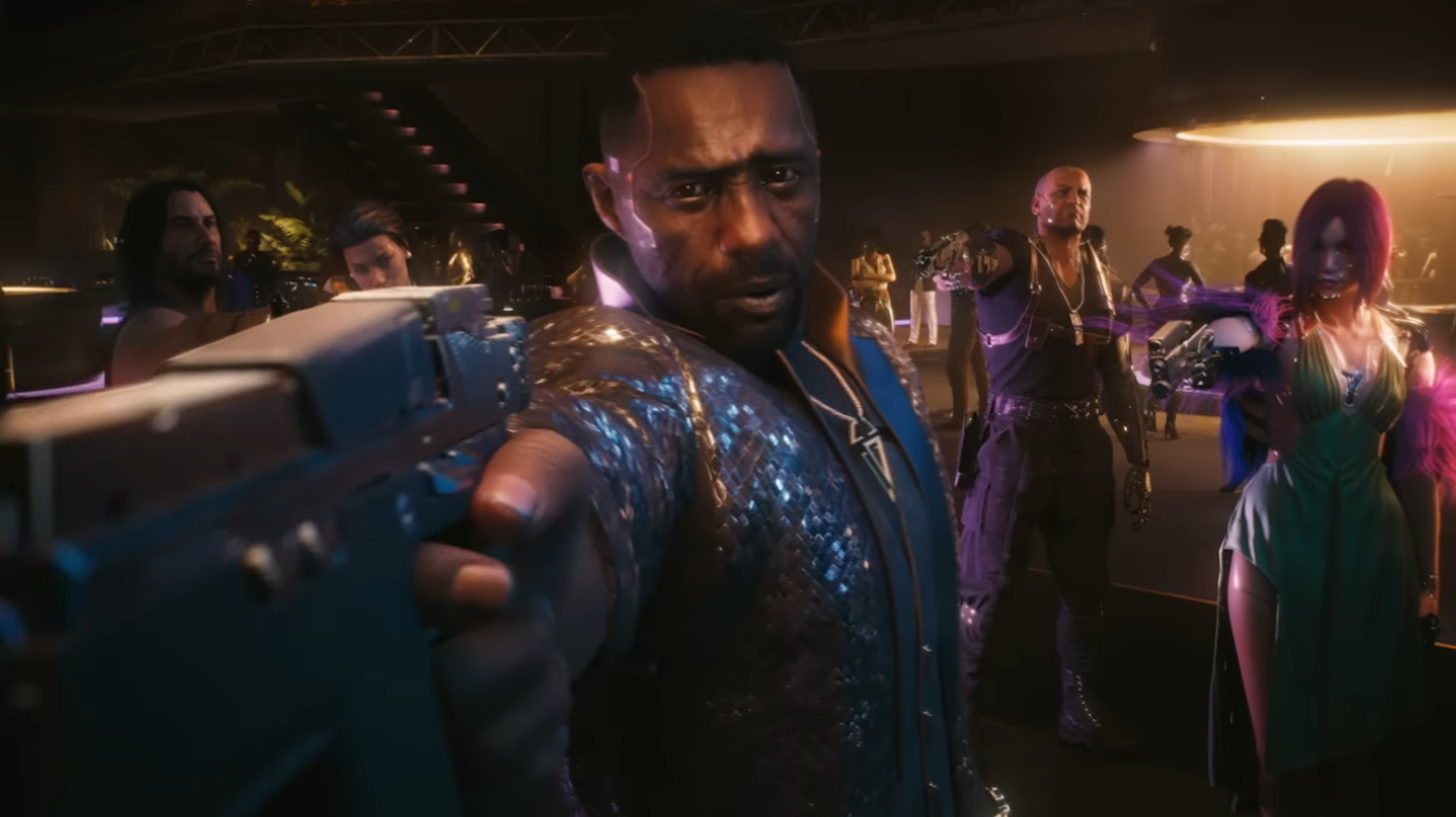
CD Projekt Red is riding high right now, but that wasn’t true just a few years ago. The buggy launch of Cyberpunk 2077 was a craterous low for the once-revered studio after The Witcher 3 had convinced the world – and some within CDPR – that it could do no wrong. Cyberpunk 2077’s expansion had to right the ship. For developers on Phantom Liberty, that meant going back to the drawing board.
Cyberpunk 2077 didn’t just hurt the company’s reputation in the eyes of the public; delays and shake ups also resulted in months of crunch, which leadership had promised wasn’t going to happen. This, employees previously told Aftermath, caused many who worked on the base game to become disillusioned and leave. The company had to figure out a more sustainable development process. Pawel Sasko, quest director on Phantom Liberty and now associate director of the next Cyberpunk game, thinks CDPR finally turned that corner during Phantom Liberty’s development.
"Sustainability is incredibly important,” Sasko told Aftermath. “To be able to, when you are finishing up a project, have a team in a state where they haven't been doing crunch or overtime or anything, that they are able to go into the production of the next thing, which means delivering something earlier, which means having a product you can sell as a studio, which means having the money to sustain. That requires your production to be structured in a way where it does not require those spikes, those moments when suddenly there's an all-hands-on-deck approach."
Sustainability is incredibly important.
CDPR accomplished this, said Sasko, by switching from an “old-fashioned” production structure with “overburdened” leads slowly approving everybody’s work – resulting in numerous bottlenecks – to an “agile” approach.
"We created the content teams – or pods, as the industry often calls them – and you had a quest designer, cinematic designer, open-world designer, writer, QA, environment artists, VFX artists, SFX artists [working together on a single piece of content],” said Sasko. “It was, like, 22 different specialties in one pod, and they were working on, let's say, shipping the first quest in the expansion. That was their thing. They were doing it together. And then when we were reviewing that content as directors, we were always looking at it together, as a team."
Basically, teams were given more autonomy to build what they thought was cool, and then leads would review and refine that instead of micromanaging every last element of the game.
"You move the decision making to the team to some extent,” said Sasko. “At the beginning when you're creating the content, you're giving a lot of power to the team like 'Those are your boundaries, this is the genre, this is the theme, those are the main threads that we need to tell the story because it's part of a bigger whole, but the rest -- all the decisions -- is up to you. Just make something awesome that you would want to show us.'"

This required precise clarity of vision to ensure that everybody remained on the same page as they worked in separate pods. Sasko pointed to a Phantom Liberty quest called “Somewhat Damaged” as an example of how this process played out.
"You were hidden in a bunker, and there's the Cerberus [robot] chasing you,” Sasko said of the quest. “It's a horror quest. When I was working on it with my designers – at the time I had open-world quest and cinematic design teams – I kept coming back to this. 'What is the genre? What is the theme? What are we building? We're building horror.' And I kept bringing up this comparison: Imagine you are in a maze with a minotaur chasing you. That is basically the quest we're building. If you come with any other ideas that do not fit that, we are not doing it. Please stick to this. You cannot imagine how many times I said it to them. But it helped. At some point, they were making better and better decisions, and I had to course correct less and less."
This methodology extended not just to quests as a whole, but to individual moments within quests. Each portion was intended to convey a specific feeling and help players inhabit V’s headspace.
"Aside from defining the genre and theme for a whole quest, we also define smaller beats, story beats,” said Sasko. “Any quest can be composed of up to five or six of them – those 20-30 minute segments, sequences of how it feels. All of the creative decisions come from there. ... For instance [in 'Somewhat Damaged'] when you're entering the bunker, and there's that moment when Cerberus appears and is almost hanging over you like Shelob from Lord of the Rings, we called it 'entering the lair of the monster.' That was the theme of how it should feel. And then every time the effects artist, the environment artist, the audio designer was working on it, we kept repeating this."
Long before Cyberpunk came along, CD Projekt was known for telling ambitious stories within even the most seemingly innocuous side quests. But this new development structure required leads to put a finer point on what they were trying to create, which Sasko believes hugely benefited both the game and the people making it.
"Before in Witcher 3 and Cyberpunk, we as designers thought about genre and themes, but we never defined them,” said Sasko. “We never called it out and said, 'This is exactly what it is.' There is this quest in Phantom Liberty called 'You Know My Name.' That is the name of a song from a James Bond movie. [In Phantom Liberty] it's a sequence when you're almost like a James Bond getting into The Black Sapphire, swimming, and then later going to a party and interrogating people during a roulette game. All of those components are coming from a certain type of spy genre, which is a Bond-like story. Very early we defined 'That is going to be the genre and vibe of your quest.' All of the creative decisions were taken from that perspective."
Before in Witcher 3 and Cyberpunk, we as designers thought about genre and themes, but we never defined them. We never called it out and said, 'This is exactly what it is.'
No process is perfect, but when everybody’s firing on all cylinders, teams get to shine and produce some truly memorable quests. And ideally, they can do it while minimizing crunch and overwork.
"That alignment eliminates [production] bottlenecks,” said Sasko. “If the team is making the right decisions, and then the leads and directors look at it and are like 'This is very good quality,' then it's the best possible situation. You don't have to change anything, course correct, or remove or add anything. The team did their job."
While creating Phantom Liberty, CD Projekt also learned new lessons about working with real-world actors. Some of these centered around writing a role with a specific actor in mind – the studio’s approach to Idris Elba – as opposed to coming up with a character and then miraculously landing Keanu Reeves to play the part.
"That approach [we used with Elba] is more used by Kojima,” said Sasko. “When he looks for an actor, it's very early, and he kind of makes the thing for them, right? It has its disadvantages, that kind of approach. It can be limiting one way, but in another way it's a very good guideline: what is working for a certain actor."
Other lessons were more specific.
"[Idris Elba] has this certain way he frowns, with his brow. We had to change a face rig of our characters to be able to frown the way he frowns. He was really laughing when I told him, because we spent hours just looking at his face," said Sasko. "We couldn't get his [eye] lid movement and his frown of his brow. His left lid is slower than his right lid, and it's slightly closed. … I remember how he looked without it, and you could tell, 'OK, it's him, but it's just a bit off.' But it was really difficult to tell what was off. If you're not trained in observing that, you're looking at it and you're like 'I recognize the person clearly, but something's missing.' Those very tiny things are incredibly impactful."
At this point, a portion of the Cyberpunk team is now on Project Polaris, the next Witcher game, which Sasko said is being “intensively worked on.” The next Cyberpunk, meanwhile, is in “fairly early stages,” being developed by a small team spread across studios in three locations: Boston, a new North American base of operations, Poland, where artists who are “well-trained” from Phantom Liberty reside, and Vancouver, for engineering support.
"Most managers and most directors who worked on Cyberpunk and Phantom Liberty are on [the new] Cyberpunk,” said Sasko. “Some leads are also. It really was case by case depending on the needs of a project at a given time. … We want to make sure that whole DNA is preserved and still in the game."
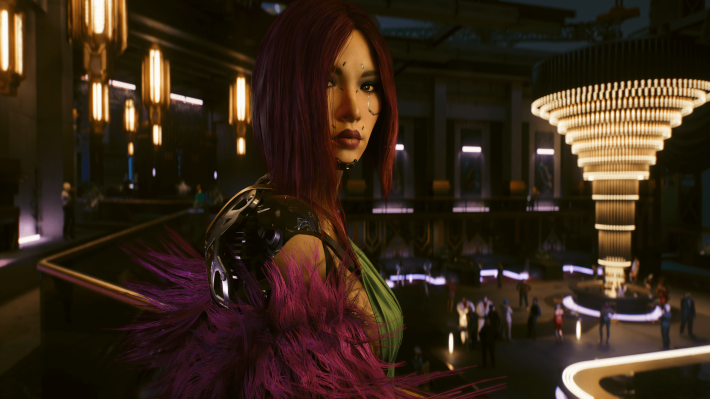
Phantom Liberty’s release was accompanied by Cyberpunk 2077’s 2.0 update, the culmination of years of work to polish the base game into something more in line with its potential. This has led some fans to wonder why CD Projekt Red is already moving on just as Cyberpunk 2077 finally became a rock-solid foundation from which to build. Sasko acknowledged that it’s partially a business decision that’s out of his hands, but he also thinks it’s time to move on from a creative standpoint.
"When you look at our expansions we have done before, we have Witcher 3, and there was Hearts of Stone, which shipped half a year after release, and then you had Blood and Wine, which shipped a year after release,” said Sasko. “Phantom Liberty shipped almost three years after release. A bit less. Working on another expansion would mean years of production again, right?”
"I like the fact that we went into building another game,” he continued. “Cyberpunk had a pretty long lifetime. Production was four and a half or five years. Then you have the time we were working on patches and Phantom Liberty. So it's been, what, eight years now? That's a long time to be working on this one game. I think it's time to move on. ... We have done this, we have told our story. We made sure to give players extra things even in patch 2.1: the metro system, hangouts – so that we gave players what they were asking for. But there is a moment when you know that story has been told and it's time to tell another one."
It's been, what, eight years now? That's a long time to be working on this one game. I think it's time to move on.
As for what the new game will look like, that’s still very much in flux at this point. But Sasko is interested in continuing to evolve Phantom Liberty’s focus on choices and reactivity, something which players felt the base game lacked.
"In Phantom Liberty, there's this moment where the story splits almost, and that's the structure that we used with Witcher 2, actually, and Blood and Wine with Witcher 3 as well – where you had a split in the middle [that leads to] completely different branches with completely different endings,” said Sasko. “That's very exciting. There has to be the major production consideration of 'How should we make it?' Because at the end of the day, most players do play the game once. It's awesome to know that there are other things, but they probably won't see it. Maybe they see it from their friends. Maybe they've seen someone in the press talk about it. But in most cases, players play once. So it's a matter of striking this balance. That being said, I'm really a fan of having choices and consequences. This is a pinnacle of RPGs."
He also wants to make sure that, regardless of the story the team on the next Cyberpunk chooses to tell, they don’t invalidate players’ choices from the first game.
"This is an interesting conversation in regards to what's canon and what's not for us,” Sasko said. “It's always important to not disregard player choices. If you in your story have made a certain choice and that's the way you have decided to go with your V and your partners and whoever else you met in the game, that's your story. It's important when making those decisions not to invalidate what players have been doing because it is their story and the decisions they made."
Enjoyed this article? Consider sharing it! New visitors get a few free articles before hitting the paywall, and your shares help more people discover Aftermath.
Co-owner of the good website Aftermath. Reporter interested in labor and livestreaming. Send tips to nathan@aftermath.site.
Stay in touch
Sign up for our free newsletter
More from Aftermath
I Played Five Call Of Duty Games Last Week And Now Feel Really Bummed Out
How did it come to this?
You Should Really Grab The Palestinian Relief Bundle
It's full of great games and close to hitting $500,000
The TikTok Ban Is Bad, Stupid, And Bound To Blow Up In The Government’s Face
I guess we're doing this
The Person Saving The Media You Love Is You
I wanted to save two of my favourite comedy specials. Two years later, thanks to VHS-Decode and ld-decode, I have become obsessed with the cutting edge of archiving.
A Thousand Suns Can Tell A Thousand Stories
A new six-part sci-fi series is pretty good!
